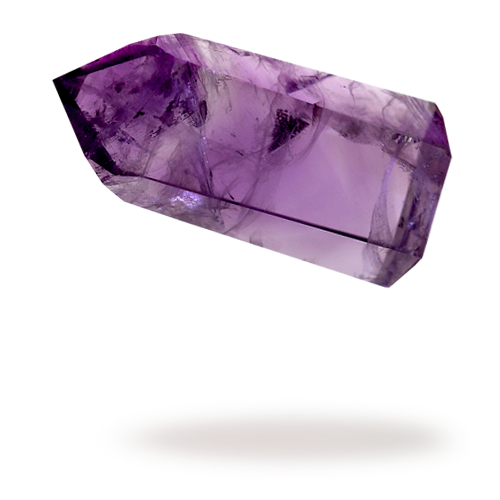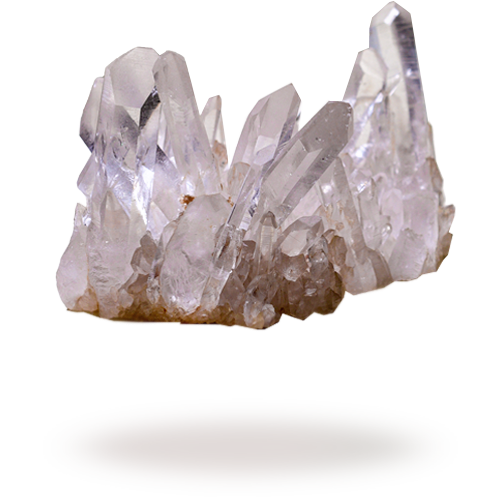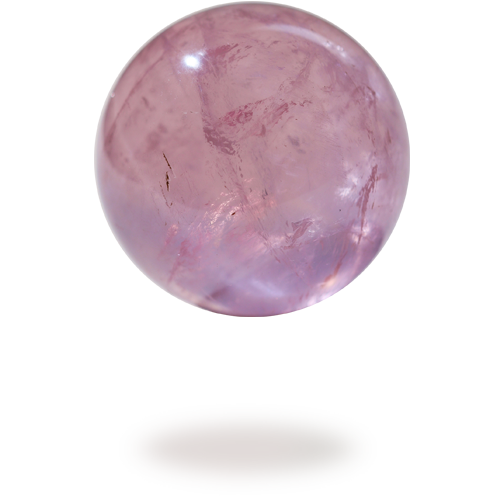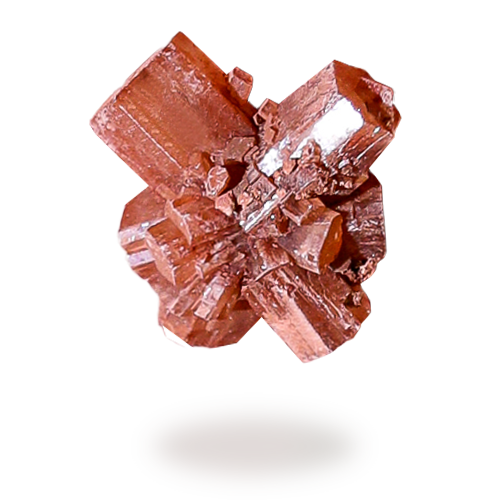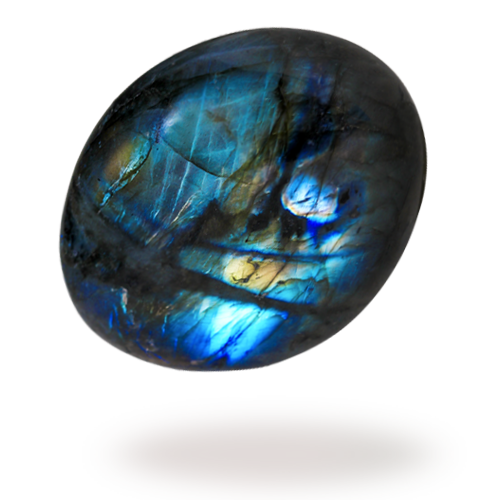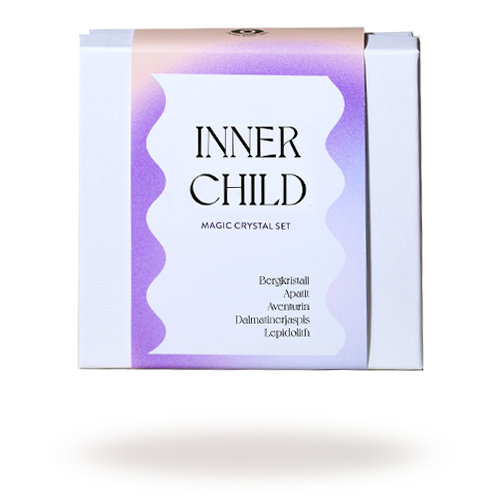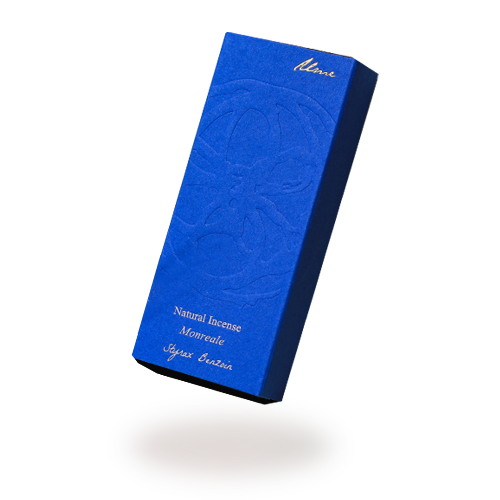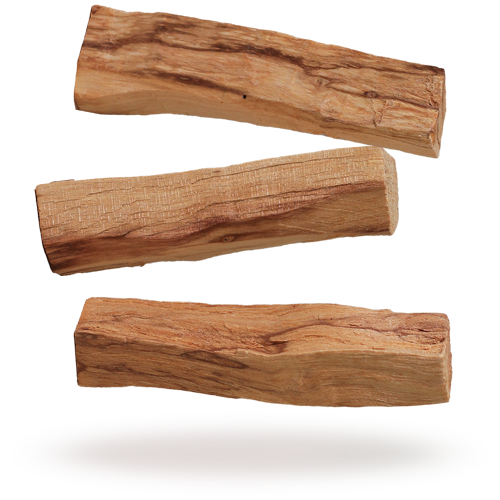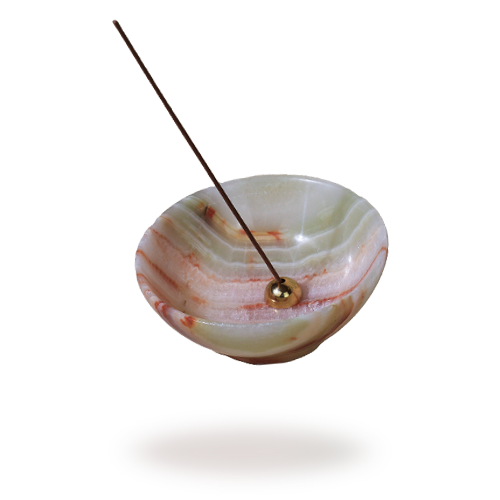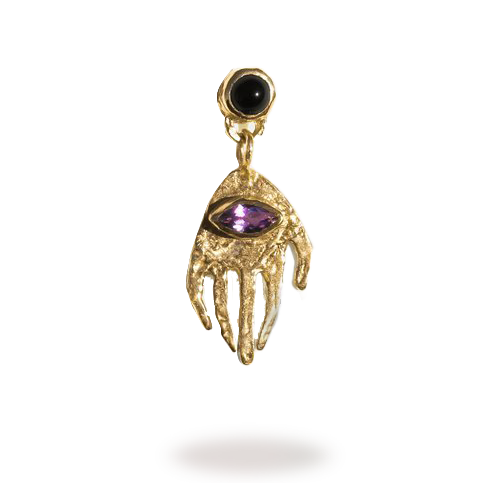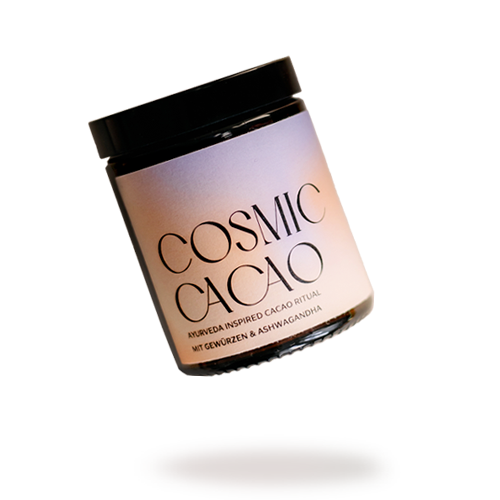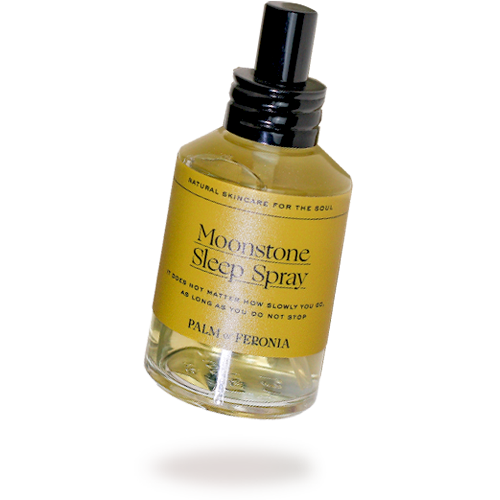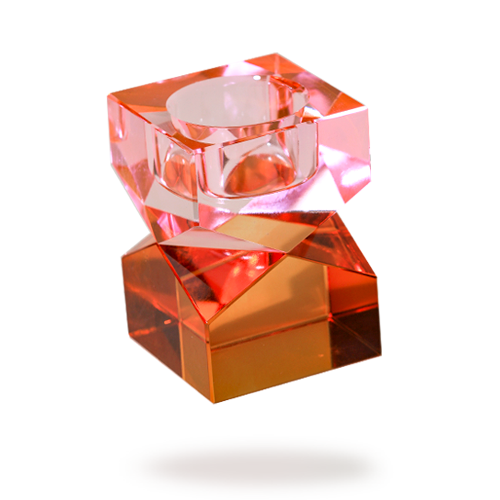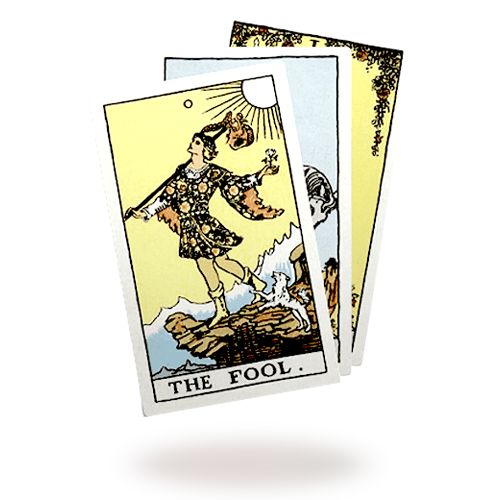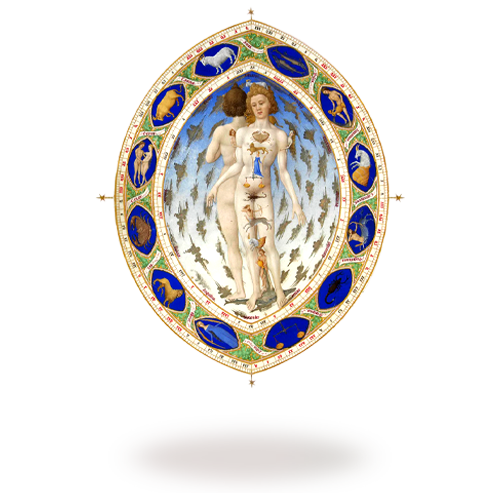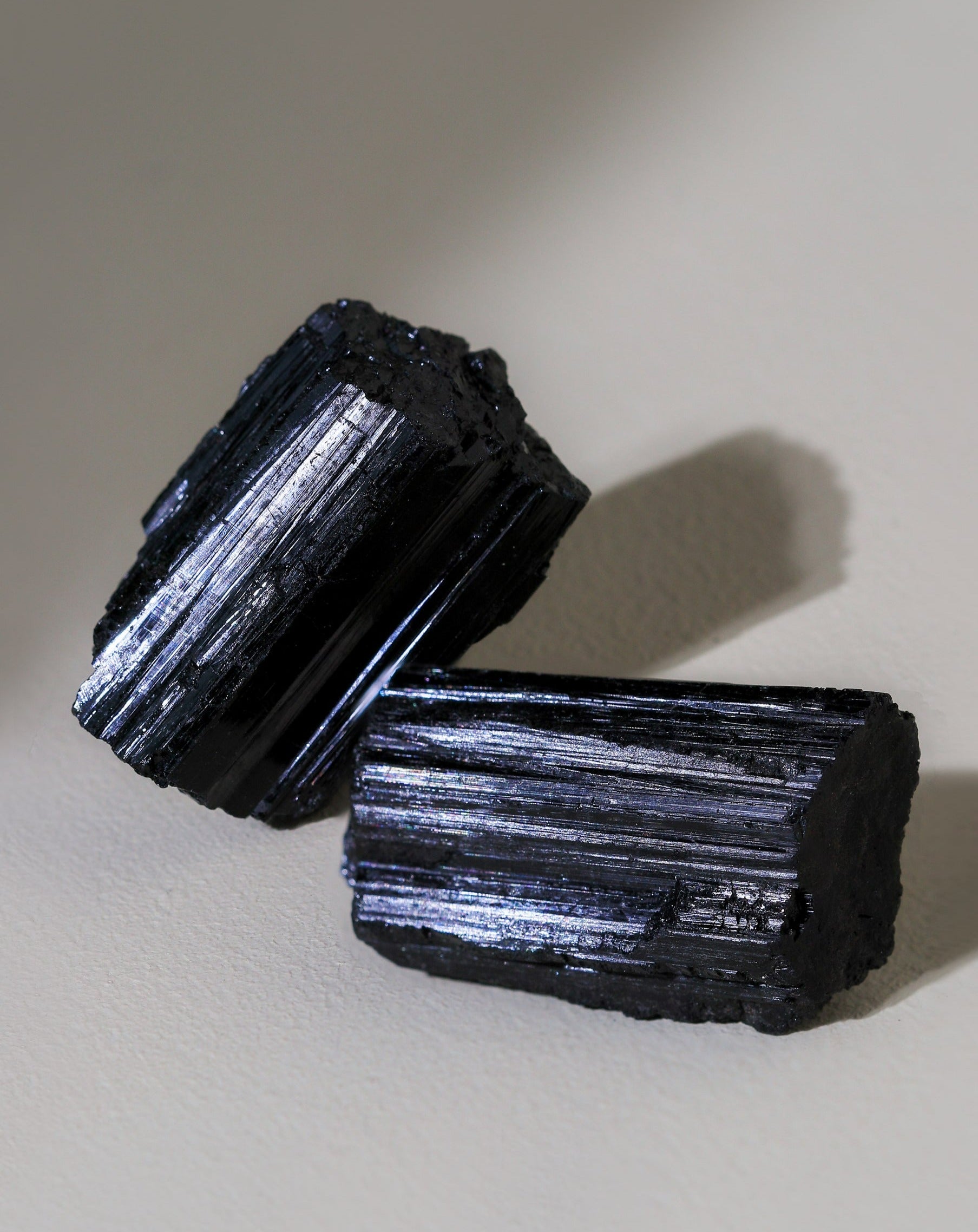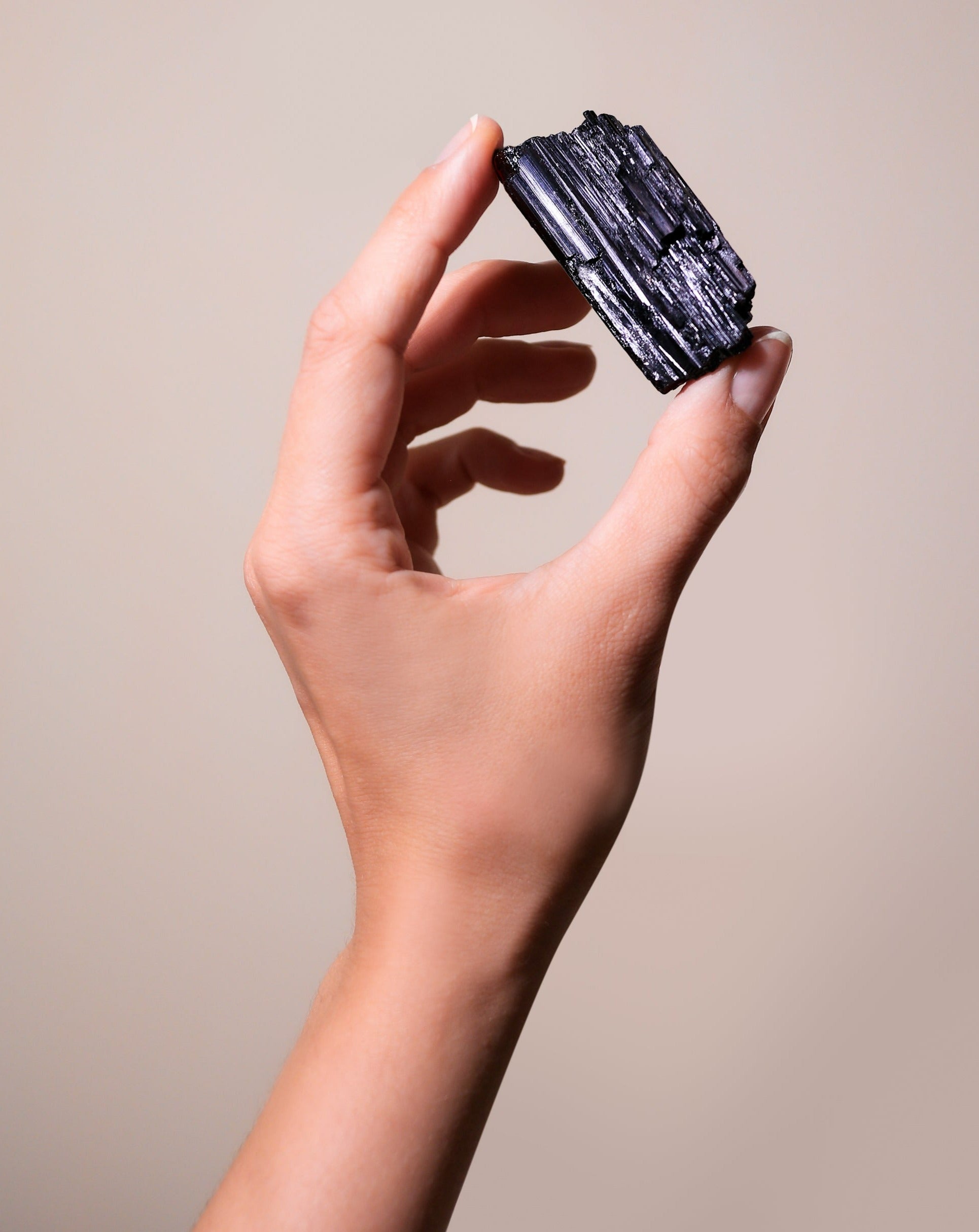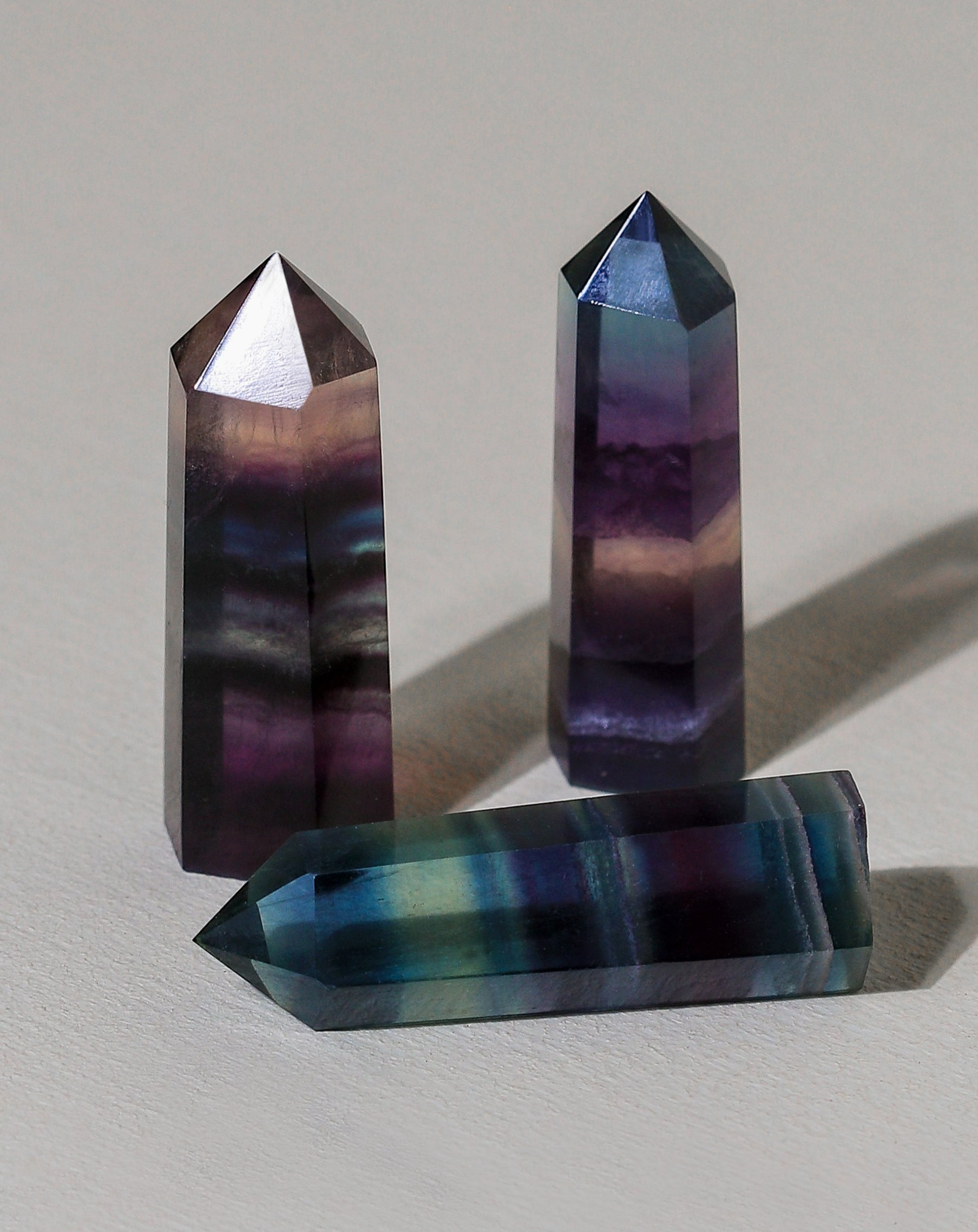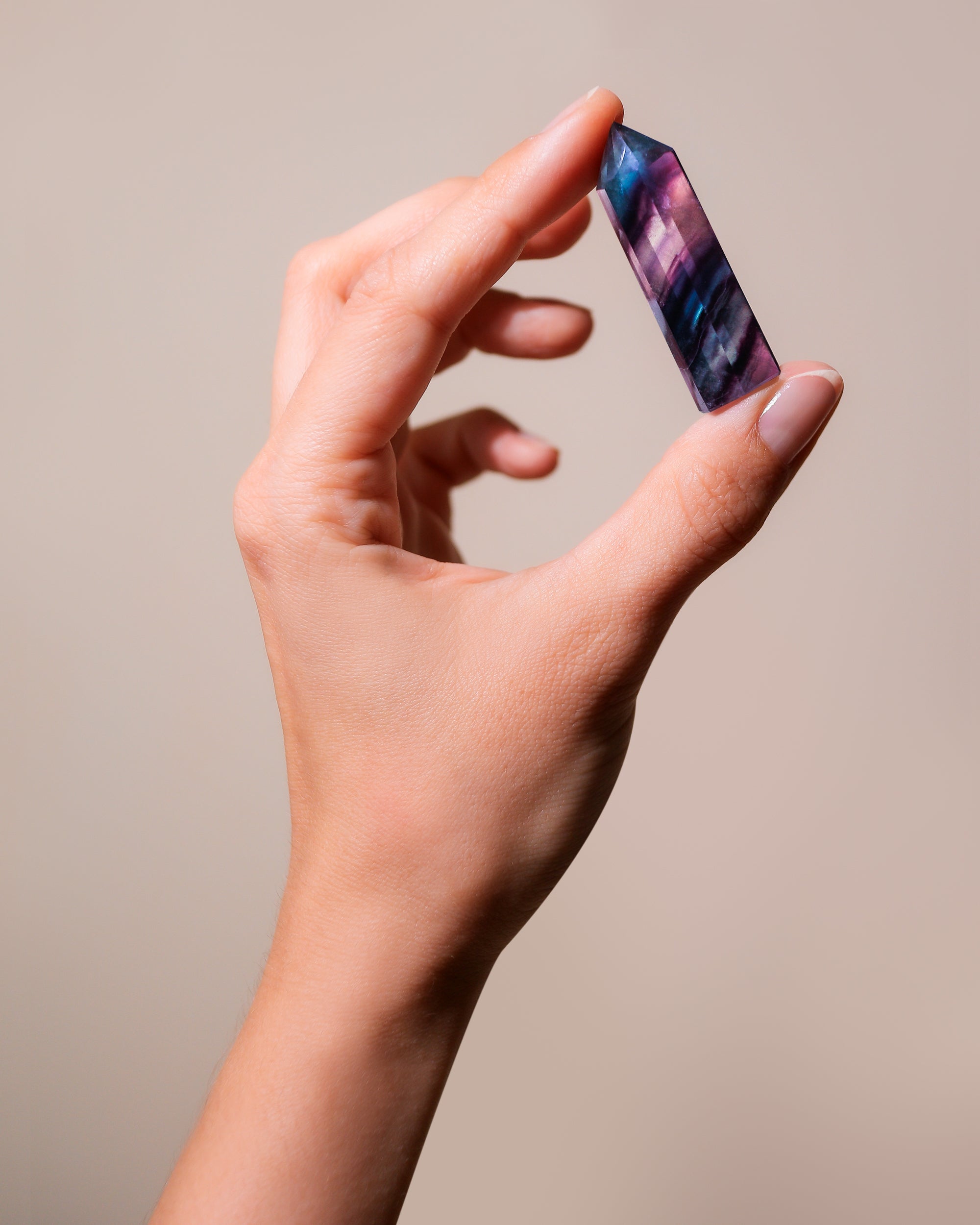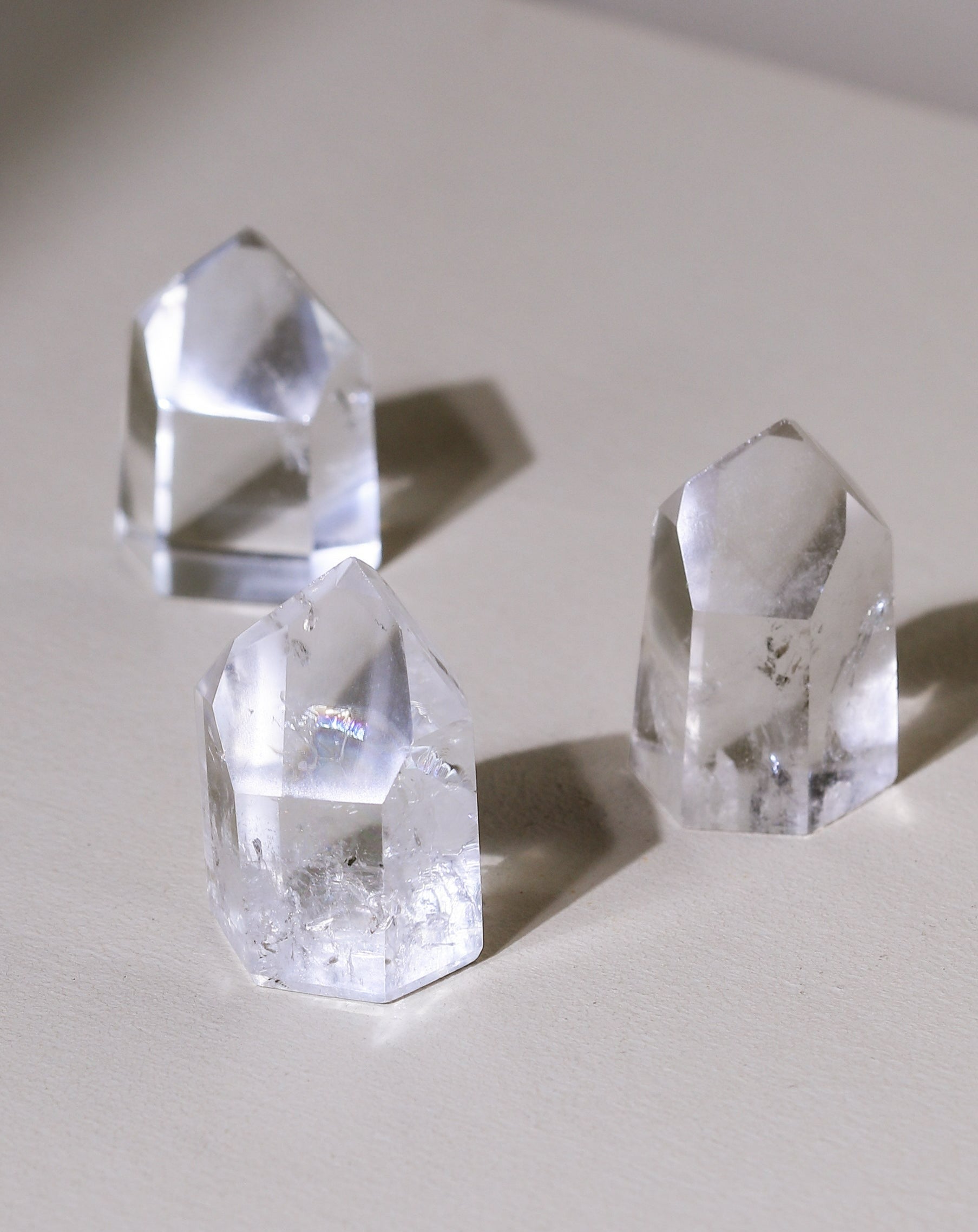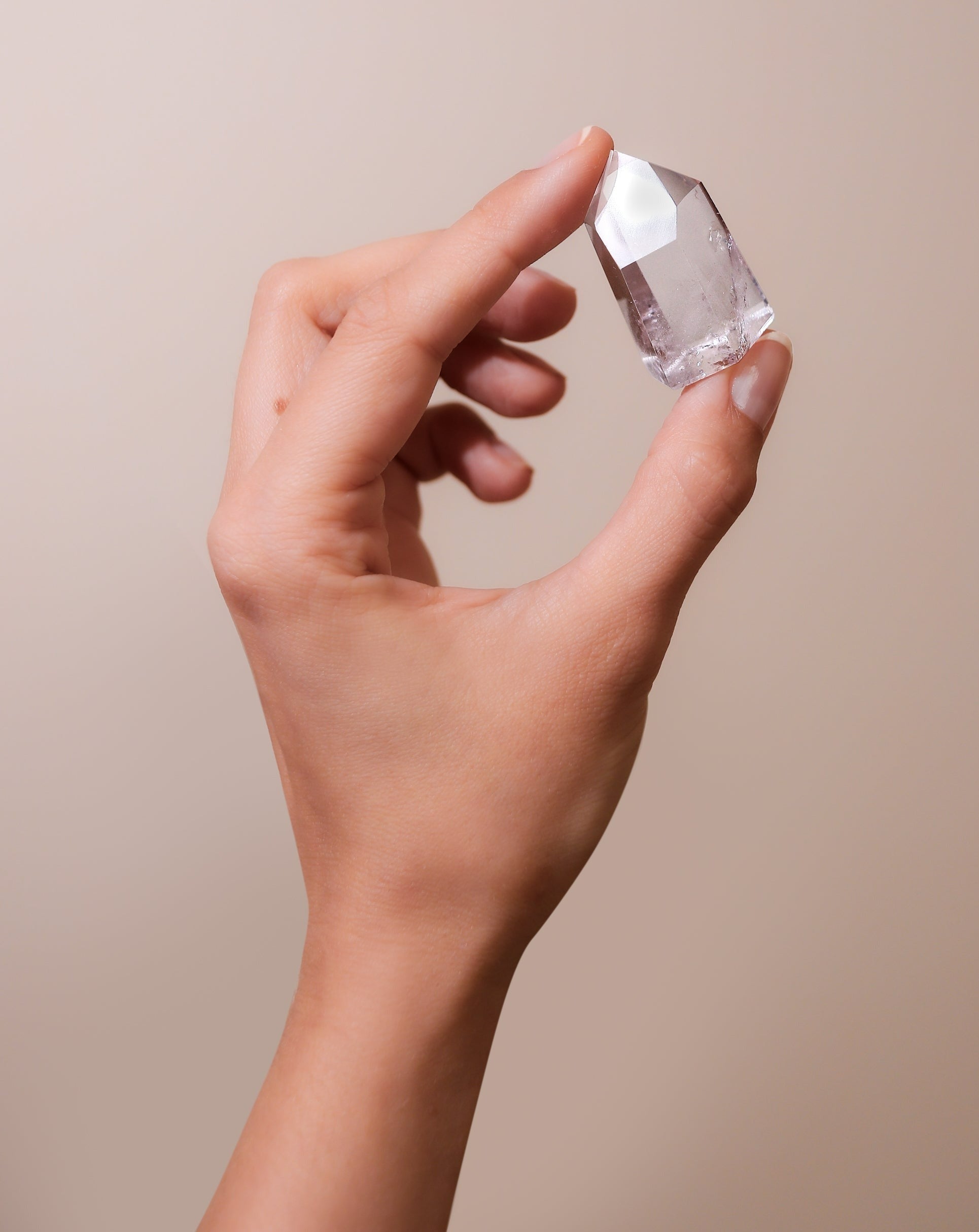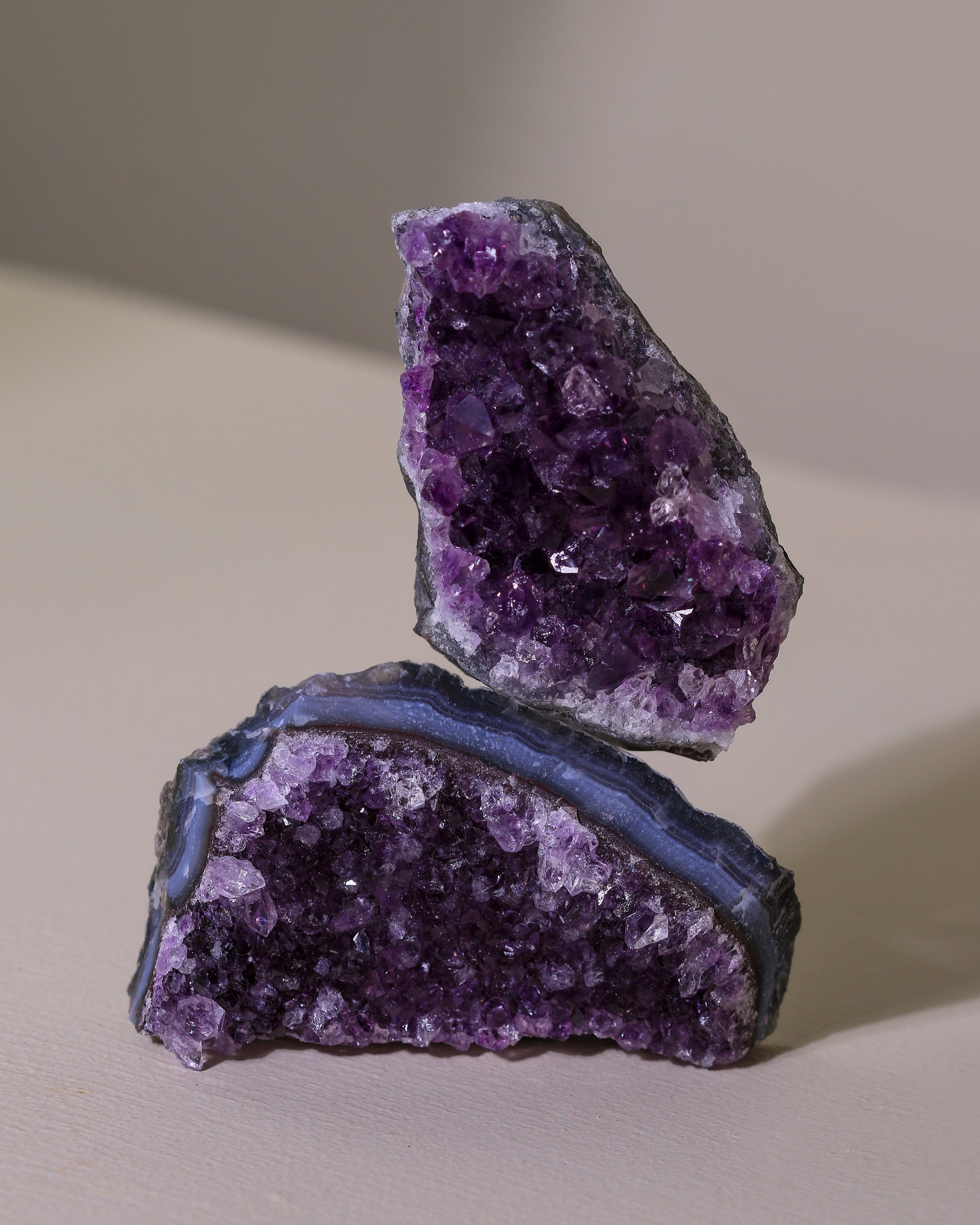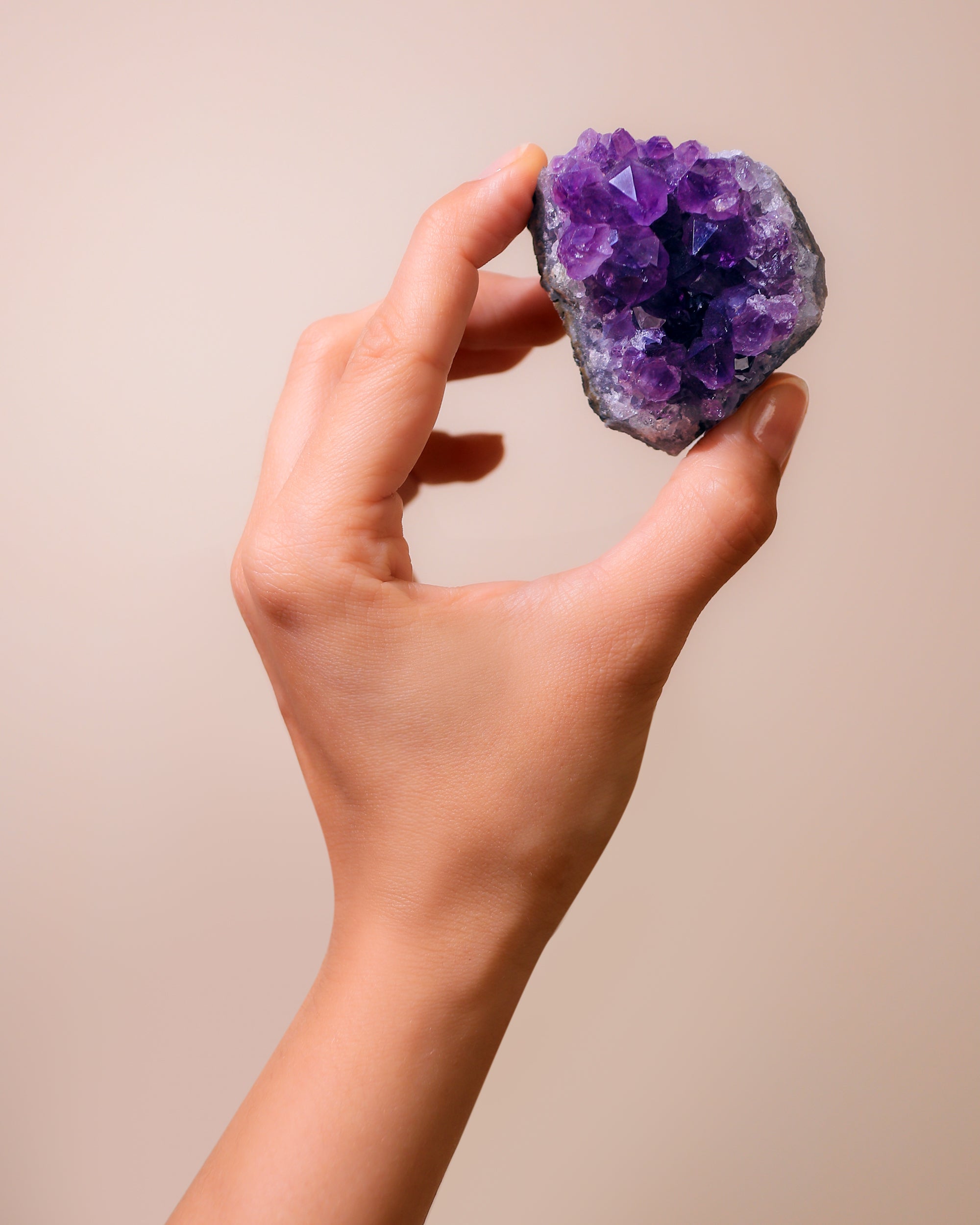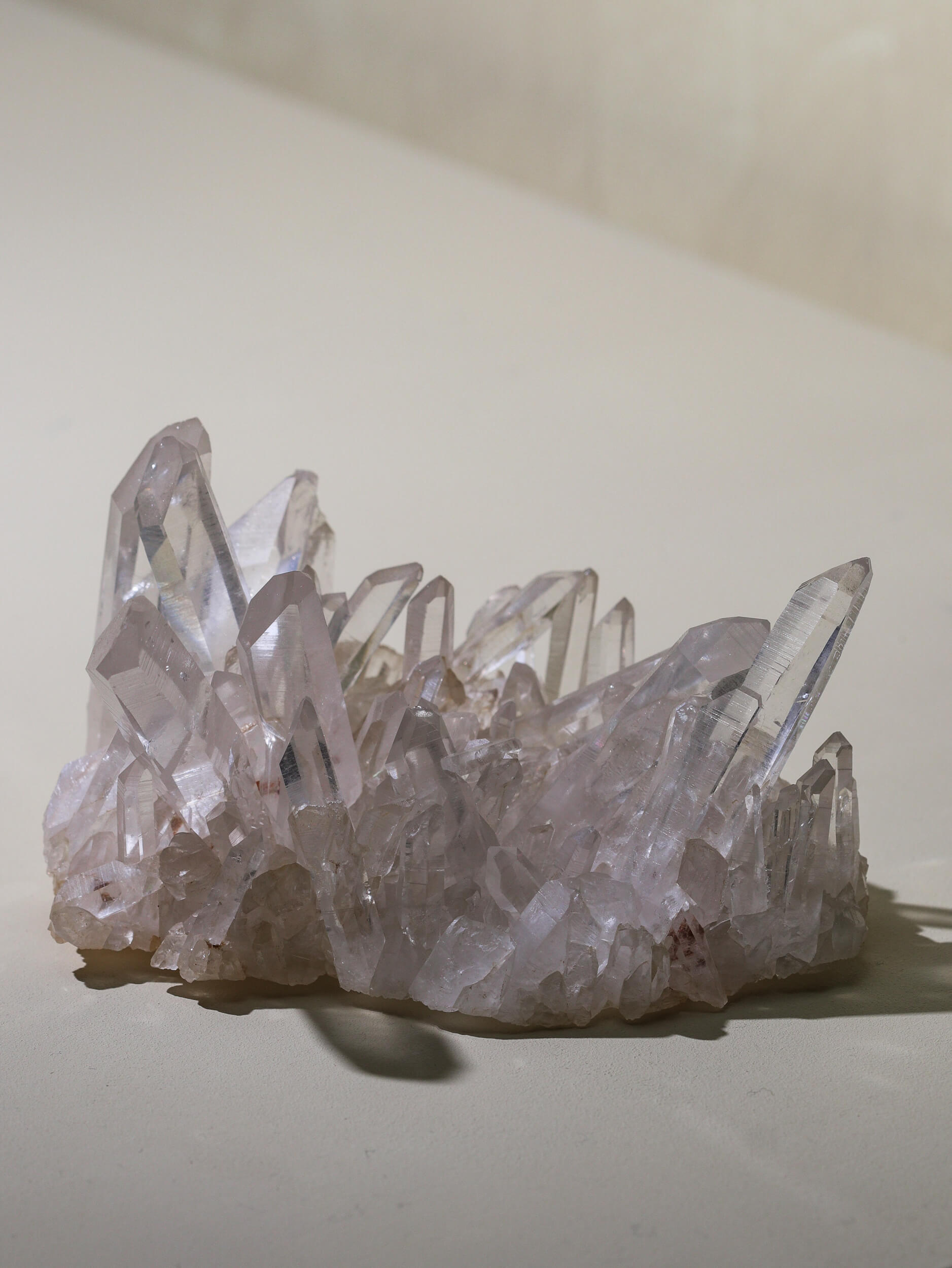

Real crystals and how to avoid buying fake stones
This summer a customer came into our store with a small chest of crystals in her hand - she asked me to identify the types of stones for her. First I sorted out... about a quarter of the “stones” were colored or even completely artificial. After so many years in the industry and a particular focus on collectibles, we actually very rarely come across such counterfeits anymore. We buy ourselves from controlled sources and therefore have hardly any points of contact with synthetic stones.
Unfortunately, you come across artificial stones every now and then on the Internet - this is often an indication that a dealer is not very knowledgeable or is deliberately trying to blind the customer. Synthetic stones are extremely cheap to purchase and have no healing properties due to the lack of a crystal structure.
Recognize counterfeits
The following points are usually an indication of synthetic gemstones:
- Small air bubbles inside a stone are extremely rare in real crystals
- a weight that feels “not right” (real crystals, with a few exceptions, are heavy in the hand)
- a warm feeling when you take the stone in your hand (real crystals feel cold at first)
- the stone feels “soft” = it could be synthetic resin
- excessive glitter / multicolored glitter particles
- unnatural colors or neon tones
- the banding of a stone is too uniform: in nature a pattern is rarely perfectly symmetrical
- the stone shape appears to be cast (instead of ground, tumbled or polished)
- all stones are exactly the same shape and size. In general, our advice is: Only buy from dealers you trust - reputable crystal dealers don't even offer synthetic stones.
